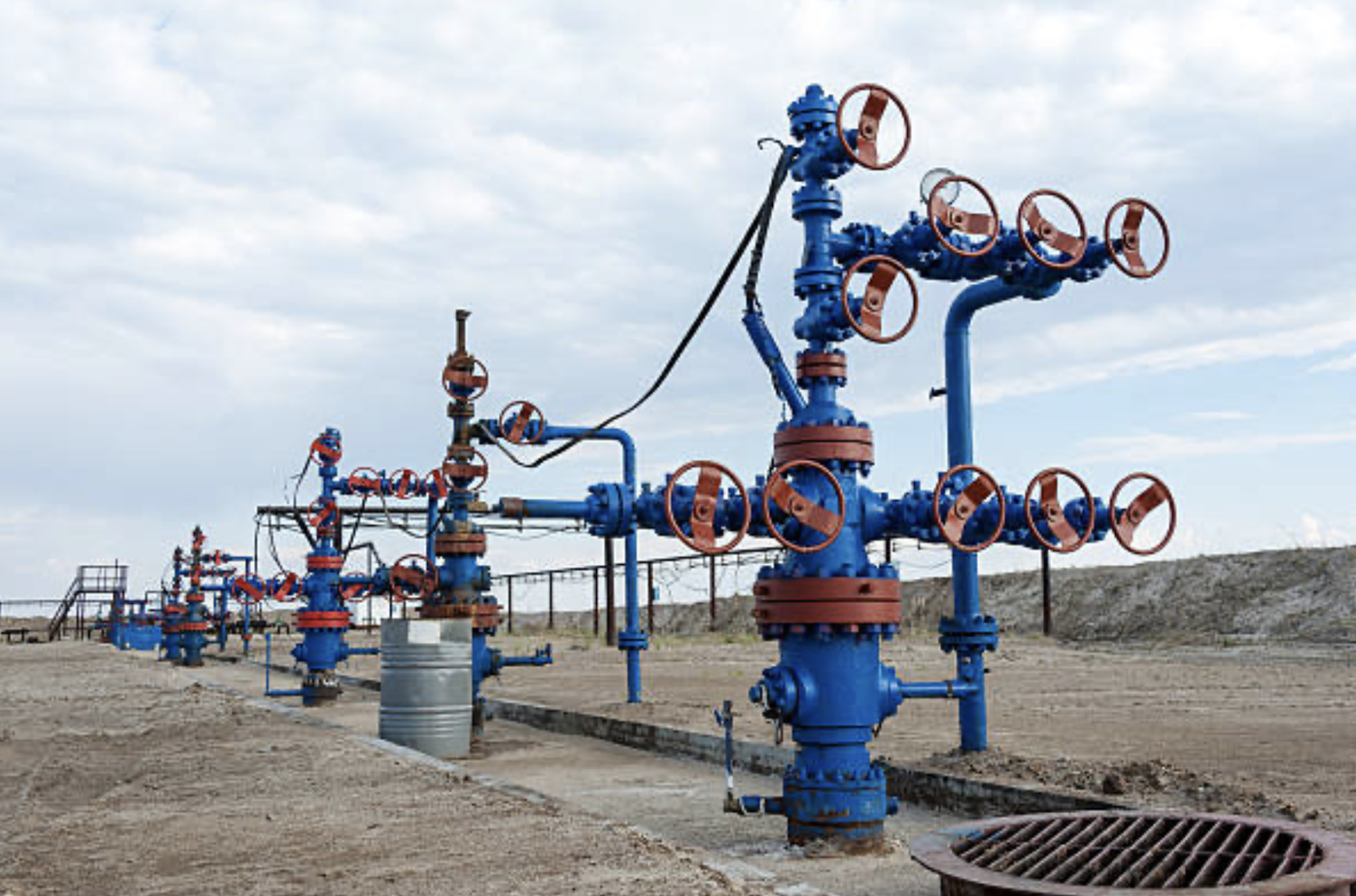
In the last decade it has had valuable and controversial discussions about the difference between EOR and IOR concepts, this issue has been reinforced by the launching of emerging technologies in order to increase production from mature fields in a cost – efficient manner. The basic understanding of these concepts can help you to maximize the value of the asset in terms of production recovery and economical feasibility. The society of petroleum engineers (SPE) has been guiding the oil and gas industry by establishing some standars from the technical point of view. In this case, according to SPE, the Improved Oil Recovery Concept (IOR) is “any of various methods, chiefly reservoir drive mechanisms and enhanced recover(y) techniques, designed to improve the flow of hydrocarbons from the reservoir to the wellbore or to recover more oil after the primary and secondary methods (water- and gas floods) are uneconomic”.
Enhanced Oil Recovery (EOR), is “one or more of a variety of processes that seek to improve the recovery of hydrocarbon from a reservoir after the primary production phase.” Several authors has established their criteria, for example Thomas (2008) quoted that EOR “implies a reduction in oil saturation below residual oil saturation (Sor)“. This last definition seems to be in accordance with the basic phenomenum of EOR in the micro and macro scale affecting the capillary forces and viscous forces, causing a decrease in the residual oil saturation. Consequently, well placement optimization,
artificial lift improvements, conformance, well stimulation and changing in operating conditions for example, might be considered as IOR rather than EOR.
However the EOR and IOR concepts are subjected after the primary production phase without pressure injection support, they might turn ambiguous. We have discussed earlier that the implementation of and IOR or EOR process can be linked to the beginning of the production phase of any reservoir based on their physical characteristics and fluid properties. Others practical perspectives suggests than IOR techniques are aligned to EOR process, since IOR only consider an improve in the flow of hydrocarbons.
Finally, it can be concluded that any process which attempt to affect the residual oil saturation (Sor) will increase oil production and recovery factor as well, thus can be considered as an Enhanced Oil Recovery (EOR) process.
To download the article, click here.


